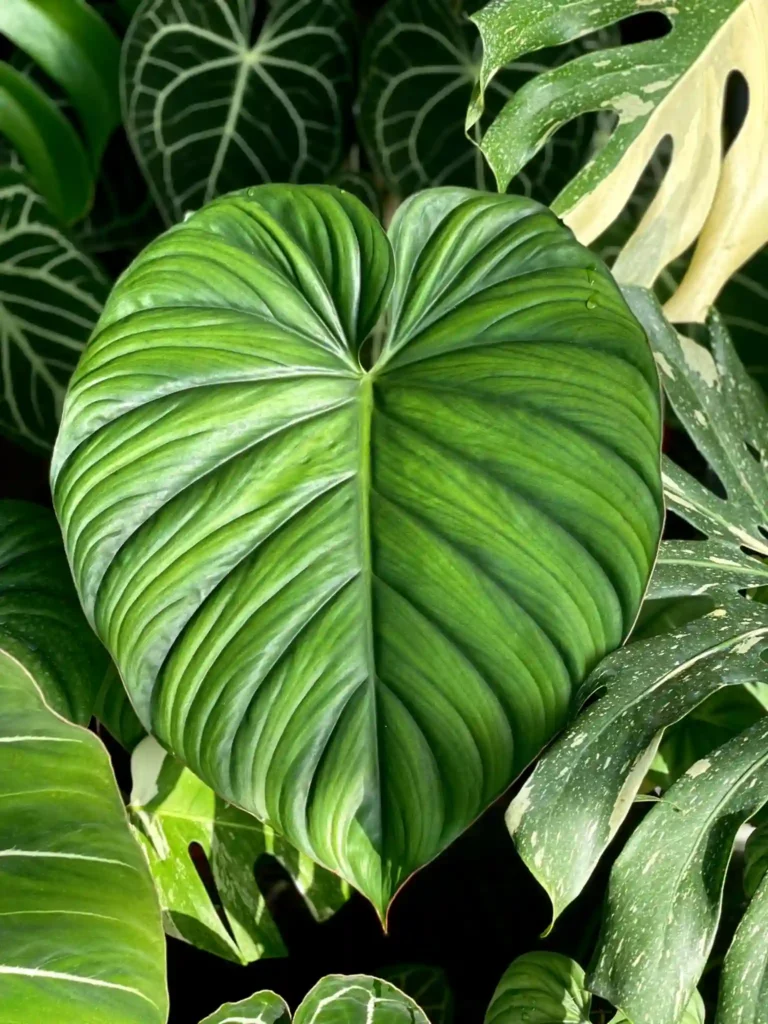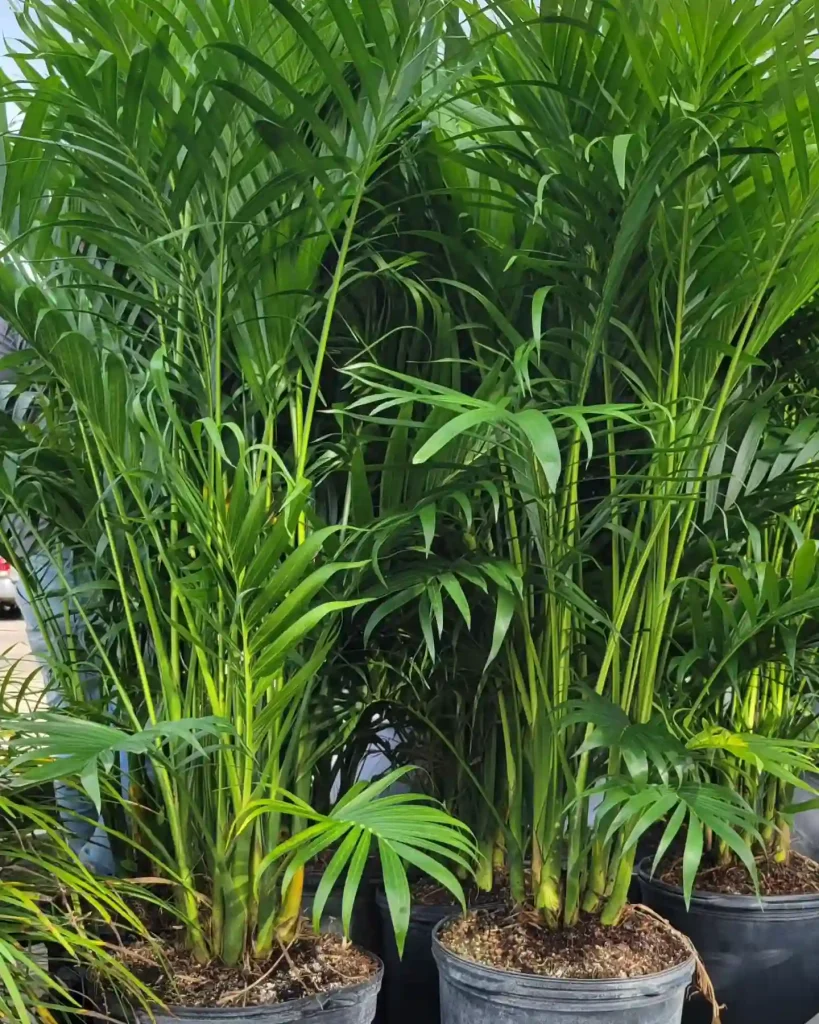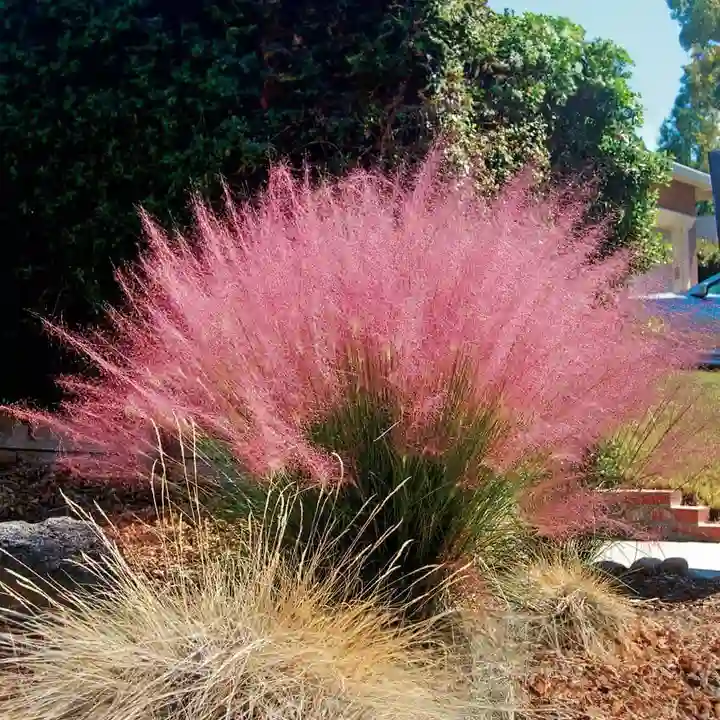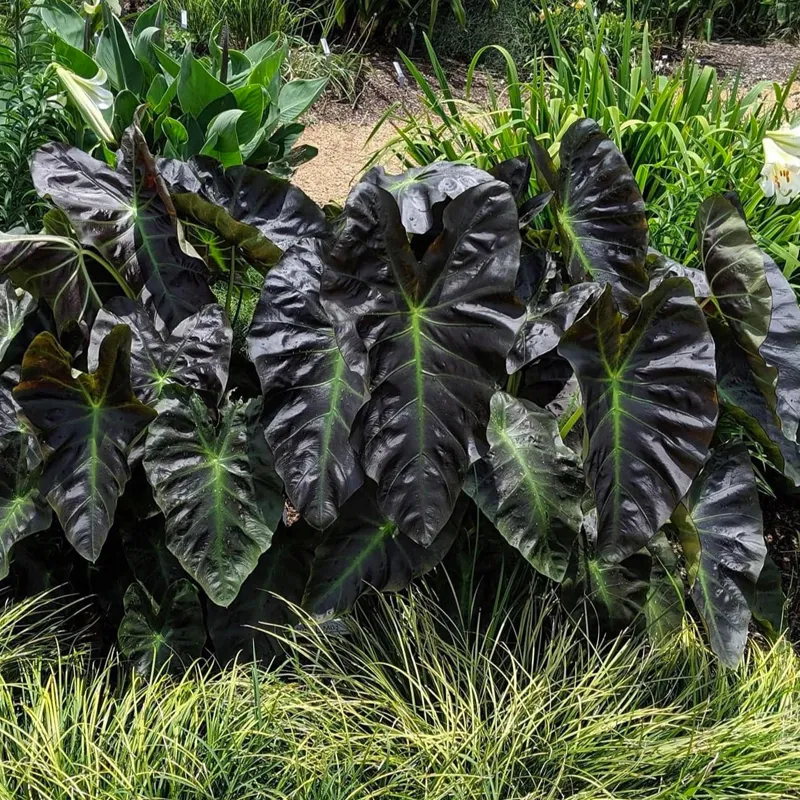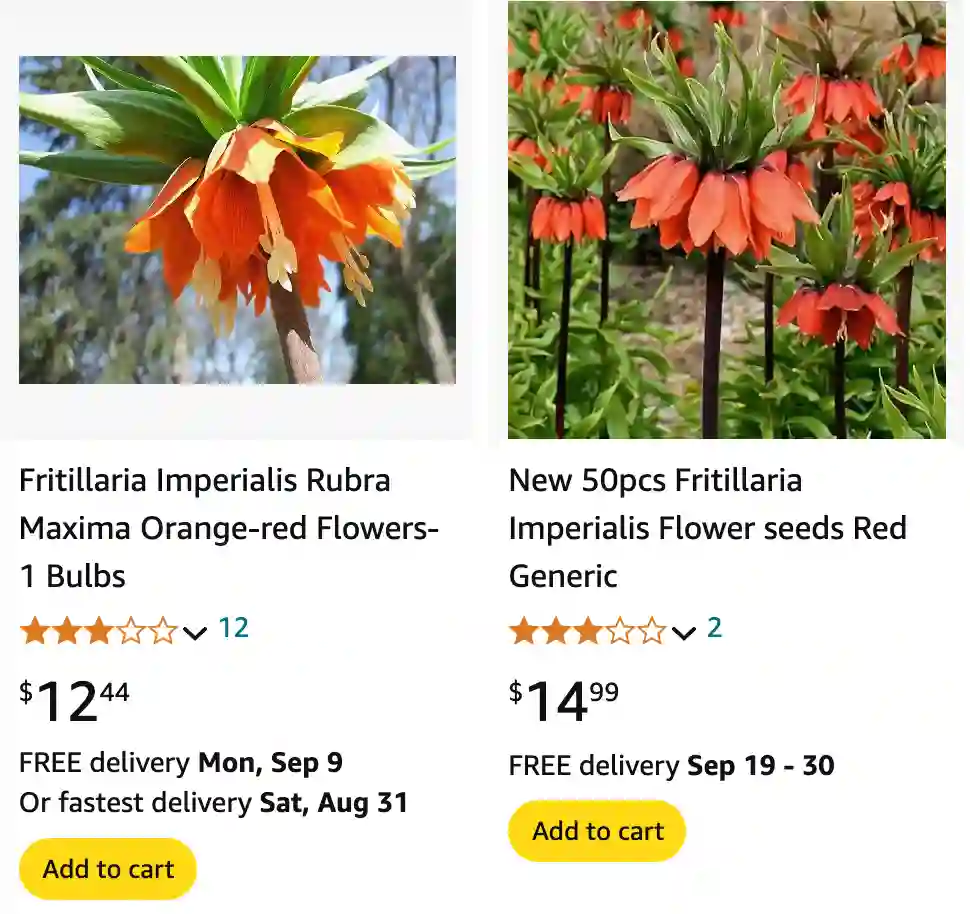
FAQs About Fritillaria Imperialis
Fritillaria Imperialis, often called the Crown Imperial, is a striking bulbous plant that commands attention with its regal blooms and unique structure. As someone who has grown these magnificent plants, I’m happy to share some frequently asked questions and my personal experiences with them.
164 Species in Genus Fritillaria
How to Plant Fritillaria Imperialis?
Planting Fritillaria Imperialis is straightforward but requires some care to ensure they thrive. Start by selecting a well-draining location with full sun or partial shade. The soil should be rich and slightly acidic to neutral. To plant, dig a hole about 6-8 inches deep. Place the bulb in the hole with the pointy end facing up and cover it with soil. Water the area thoroughly after planting.
When to Plant Fritillaria Imperialis Bulbs?
The best time to plant Fritillaria Imperialis bulbs is in the fall, around September to October. This timing allows the bulbs to establish roots before the winter. In colder climates, planting in early fall gives the bulbs a head start and helps them withstand the cold temperatures.
Do Fritillaria Imperialis Spread?
Fritillaria Imperialis does not spread aggressively. While they can multiply over time, their growth is relatively slow. If you want to encourage natural spreading, you can allow the plants to self-seed. However, don’t expect them to take over your garden.
Do You Deadhead Fritillaria Imperialis?
Deadheading is not necessary for Fritillaria Imperialis. The plant naturally dies back after flowering, so removing spent blooms won’t affect its performance. If you want to tidy up the garden, you can cut back the flowers after they have finished blooming.
How Deep to Plant Fritillaria Imperialis?
Planting depth is crucial for Fritillaria Imperialis. The bulbs should be planted about 6-8 inches deep. This depth helps protect them from extreme temperatures and ensures they have enough room to develop their roots and flowers.
What to Do with Fritillaria Imperialis After Flowering?
After Fritillaria Imperialis has finished blooming, let the foliage die back naturally. This allows the plant to store energy in the bulb for the next growing season. Avoid cutting the leaves until they turn yellow and wilt. In regions with harsh winters, you might need to mulch the area to protect the bulbs.
When Do Fritillaria Imperialis Flower?
Fritillaria Imperialis typically flowers in late spring, around April to May, depending on your location and climate. The flowering period can vary slightly based on environmental conditions and the specific variety you are growing.
Where to Buy Fritillaria Imperialis?
You can find Fritillaria Imperialis bulbs at garden centers, specialty bulb retailers, and online nurseries. Look for reputable suppliers to ensure you get healthy, high-quality bulbs. Many online stores offer a variety of cultivars and colors, making it easy to choose the right one for your garden.
Why Has My Fritillaria Imperialis Not Flowering?
If your Fritillaria Imperialis is not flowering, there could be several reasons. The bulbs might not have been planted deep enough or in the right soil conditions. Poor drainage, insufficient sunlight, or a lack of winter chilling can also affect blooming. Ensure the bulbs are planted correctly and that the growing conditions meet their needs.
Can You Plant Fritillaria Imperialis in Pots?
Yes, you can plant Fritillaria Imperialis in pots. Choose a large container with good drainage and use a well-draining potting mix. Plant the bulbs at the same depth as you would in the ground. Keep the pot in a sunny or partially shaded location and water it regularly. Pot-grown Fritillaria Imperialis can be a beautiful addition to your patio or indoor garden.
Does Fritillaria Imperialis Die Back in the Summer?
Yes, Fritillaria Imperialis dies back in the summer. After blooming, the plant’s foliage will yellow and wilt as it prepares for dormancy. This die-back is normal and indicates that the plant is conserving energy for the next growing season.
Does Fritillaria Imperialis Multiply?
Fritillaria Imperialis can multiply, but the process is slow. The bulbs will gradually offset and produce new bulbs, but they don’t spread rapidly. If you want to encourage multiplication, you can divide the bulbs every few years during their dormancy period.
How Late in the Year Can I Plant Fritillaria Imperialis?
Ideally, plant Fritillaria Imperialis bulbs in early to mid-fall. Planting late in the year, especially as temperatures drop, can reduce the chances of successful growth. However, if you have a mild winter, you might still get a good result by planting in late fall.
What is Fritillaria Imperialis?
Fritillaria Imperialis is a bulbous perennial known for its tall, crown-like flower heads. It features large, pendulous flowers in shades of orange, yellow, or red, and grows up to 3 feet tall. It’s admired for its dramatic appearance and is often used in garden beds and borders.
How to Care for Fritillaria Imperialis?
Caring for Fritillaria Imperialis involves regular watering, ensuring good drainage, and providing adequate sunlight. After blooming, allow the foliage to die back naturally. Mulch in colder climates to protect the bulbs during winter.
How to Propagate Fritillaria Imperialis?
To propagate Fritillaria Imperialis, you can divide the bulbs after they have finished blooming and the foliage has died back. Carefully separate the bulbs and replant them at the appropriate depth. This method can help you expand your collection or share with fellow gardeners.
What to Plant With Fritillaria Imperialis?
Fritillaria Imperialis pairs well with other spring bloomers like tulips, daffodils, and hyacinths. Its tall, dramatic flowers create a striking contrast with lower-growing plants and add a regal touch to garden beds.
Is Fritillaria Imperialis Toxic?
Yes, Fritillaria Imperialis is toxic if ingested. All parts of the plant can cause gastrointestinal upset and other symptoms in humans and pets. Keep this plant out of reach of small children and animals to prevent accidental ingestion.
Benefits of Growing Fritillaria Imperialis
Growing Fritillaria Imperialis adds a touch of grandeur to your garden. Its unique appearance and vibrant colors make it a standout plant. Additionally, it attracts pollinators like bees and butterflies, contributing to a healthy garden ecosystem.
Common Problems with Fritillaria Imperialis
Common issues with Fritillaria Imperialis include poor flowering, which can be due to improper planting depth or insufficient chilling. Pests like aphids and diseases such as bulb rot can also affect the plant. Ensuring proper care and planting conditions can help mitigate these problems.
Compare Fritillaria Imperialis with Other Similar Plants
Fritillaria Imperialis is often compared with other bulbous plants like tulips and daffodils. Unlike these, Fritillaria Imperialis has a distinctive crown-like flower structure and a taller growth habit. It also tends to be more challenging to grow compared to the more commonly cultivated tulips and daffodils.
I hope this guide helps you with your Fritillaria Imperialis journey. Happy gardening!
If i die, water my plants!
